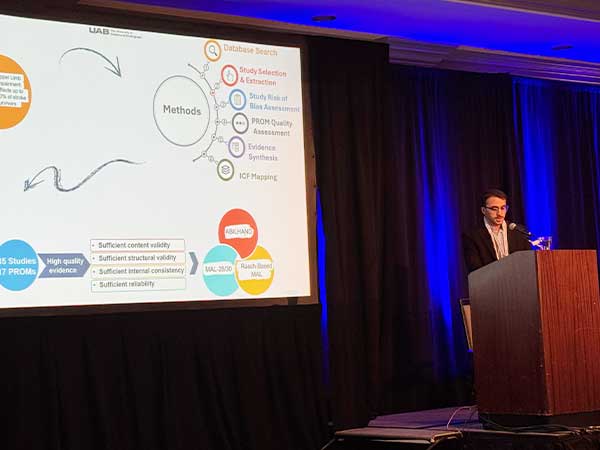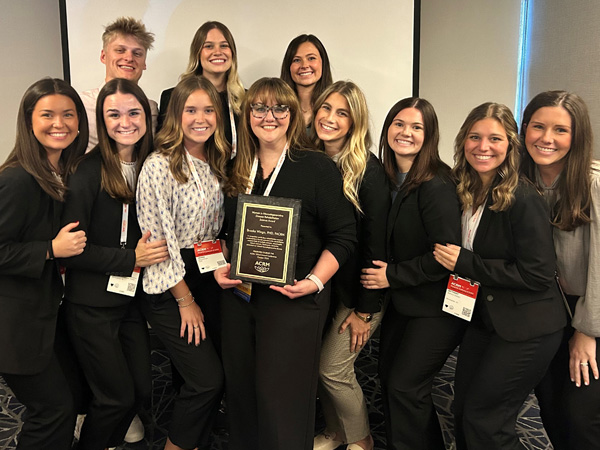Director's Notes

James Rimmer, CEDHARS Director
Each morning after doing a few chores, I open two newspapers on my computer – the New York Times and the Wall Street Journal (WSJ). The Times recognized the importance of covering stories on people with disabilities several years ago and runs a regular column on disability that appears every few weeks. The series led to the book About Us, which is a terrific collection of personal stories written by people with disabilities.
What happened on September 3 was quite a surprise: WSJ ran a fabulous story on a star wheelchair tennis athlete’s training regimen. The Journal regularly publishes articles on new exercise techniques for everything under the sun – back tightness, knee pain, stiffness, balance, etc., but this story was describing the workout regimen for Dana Mathewson, a Paralympian who became the first American woman to win a Grand Slam in wheelchair tennis this year, while also winning the prestigious women’s wheelchair doubles title at Wimbledon with her partner, Yui Kamiji of Japan.
The article provides an excellent overview of certain exercises that relate to Mathewson’s training protocol, a need to focus on her upper back, shoulders, and arms. As she notes in the article, “Having a disability means that certain parts of my body are weaker."
Opening the WSJ and reading a well written training article for wheelchair tennis players is, to my knowledge, a first for the paper. And a few days ago, WSJ ran an excellent story on caregivers serving as personal care assistants for their loved one and getting paid for it, which most family members don’t realize is a possibility.
Inclusion is starting to hit its stride in the mainstream media. Now we have to open the aperture even wider and encourage WSJ and other media groups to include personal stories on retirement, life and work, real estate, and the many other categories in the WSJ.
People with disabilities often have unique perspectives on life, work, etc., and their perspective can be shared through various social media outlets. A retirement article describing years of employment in someone with a pension may not hit the mark for someone who has been underemployed for many years and receives a government subsidy. How does one live on fixed resources from SSDI or a smaller pension? We need more inclusive stories that move outside the realm of what we often read.

